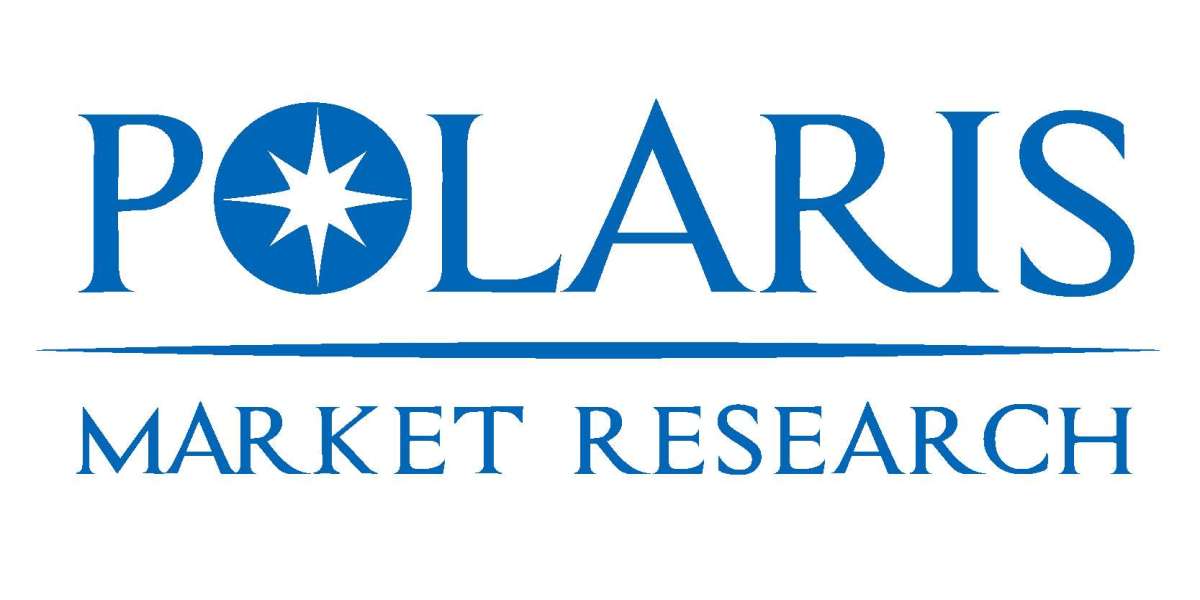Pressure Relief Valves (PRVs) are critical safety devices widely used across industrial, commercial, and residential systems to prevent overpressure conditions that could lead to equipment failure, explosions, or hazardous leaks. Their fundamental role is to protect pressurized vessels, pipelines, and machinery by releasing excess pressure safely and efficiently, maintaining system integrity and safeguarding personnel and assets.
In any pressurized system—such as boilers, gas storage tanks, pipelines, or hydraulic circuits—pressure can build up beyond safe operating limits due to operational malfunctions, temperature fluctuations, or blockages. Without a reliable pressure relief mechanism, this excess pressure poses a significant risk of catastrophic failure. PRVs act as fail-safe valves that open automatically once the pressure exceeds a predetermined threshold, venting the surplus fluid, gas, or steam to a safe location and then closing once normal pressure is restored.
The design and selection of PRVs depend on factors such as the type of fluid (liquid, gas, or steam), pressure range, flow rate, temperature, and system requirements. Common types include spring-loaded valves, pilot-operated valves, and balanced bellows valves. Spring-loaded PRVs are popular due to their simplicity and reliability, using a spring to hold the valve closed until pressure surpasses the set limit.
Pressure relief valves are vital in many industries, including oil and gas, chemical processing, power generation, and manufacturing. For instance, in petrochemical plants, PRVs prevent dangerous overpressure during reaction or storage, minimizing risks of fires or explosions. In HVAC systems, PRVs protect boilers and compressors, ensuring safe operation and compliance with regulations.
Proper sizing and maintenance of PRVs are essential for effective protection. An undersized valve may fail to relieve pressure adequately, while an oversized valve can cause unnecessary pressure drops and operational inefficiencies. Routine inspection and testing ensure that PRVs function correctly, with issues like corrosion, clogging, or spring fatigue addressed promptly.
Modern PRVs also incorporate advanced features like adjustable set pressures, remote monitoring, and corrosion-resistant materials to enhance safety and adaptability. Integration with digital control systems allows real-time pressure tracking and automated alerts, supporting predictive maintenance and reducing downtime.
Compliance with industry standards and codes, such as those from the American Society of Mechanical Engineers (ASME) and the International Organization for Standardization (ISO), is mandatory for PRV design, installation, and testing. These standards ensure that valves meet safety, reliability, and performance benchmarks.



